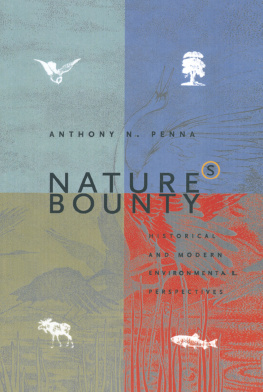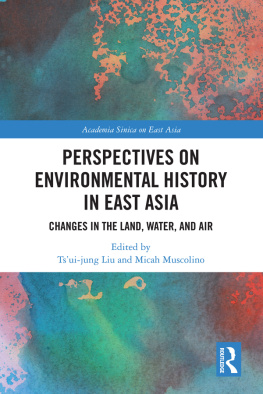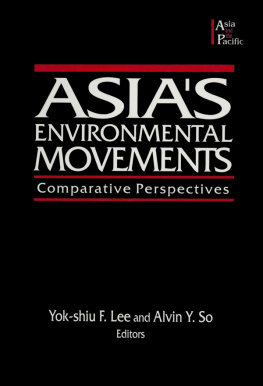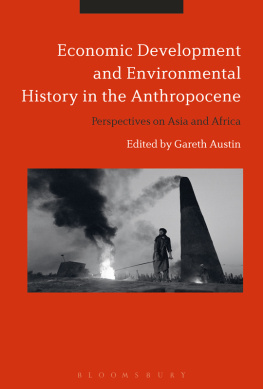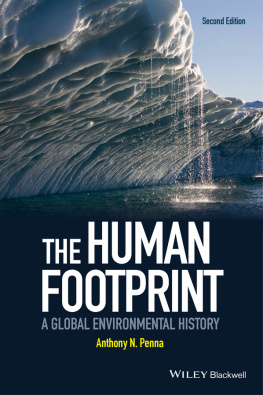First published 1998 by M.E. Sharpe
Published 2015 by Routledge
2 Park Square, Milton Park, Abingdon, Oxon OX14 4RN
711 Third Avenue, New York, NY 10017, USA
Routledge is an imprint of the Taylor & Francis Group, an informa business
Copyright 1998, Taylor & Francis. All rights reserved.
No part of this book may be reprinted or reproduced or utilised in any form or by any electronic, mechanical, or other means, now known or hereafter invented, including photocopying and recording, or in any information storage or retrieval system, without permission in writing from the publishers.
Notices
No responsibility is assumed by the publisher for any injury and/or damage to persons or property as a matter of products liability, negligence or otherwise, or from any use of operation of any methods, products, instructions or ideas contained in the material herein.
Practitioners and researchers must always rely on their own experience and knowledge in evaluating and using any information, methods, compounds, or experiments described herein. In using such information or methods they should be mindful of their own safety and the safety of others, including parties for whom they have a professional responsibility.
Product or corporate names may be trademarks or registered trademarks, and are used only for identification and explanation without intent to infringe.
ISBN 13: 9780765601889 (pbk)
ISBN 13: 9780765601872 (hbk)
Introduction
What has been the role and place of the natural world in the lives of humans? This question is central to the work of historians who study long-term environmental trends and changes and has become increasingly important to professionals and citizens who want to understand issues of environmental change. This book attempts to address issues confronting those who want to understand the impact of long-term environmental change on their lives. It focuses exclusively on historical changes and public policy debates regarding the environment in the continental United States. Although it is not intended to encompass all environmental topics and debates, the ones selected for examination are significant because of their integral relationship to each other.
Almost fifty years ago, Aldo Leopold, a University of Wisconsin professor of game management and a wildlife biologist, whose book of essays, A Sand County Almanac, would become a treatise for the environmental movement in the United States, called for an ecological interpretation of history. Such an approach, he suggested, would use the newly emerging ideas about the natural functioning of biological systems to understand our relationship to the world around us. For Leopold and those who followed him, an ecological understanding helped to explain how human activity altered the natural world in ways little understood by many who had come before. An ecological understanding of the natural history of the United States will serve as a guide for the topics and issues discussed in this book.
The four-part organization of this book, which consists of essays and primary sources, traces the complex development of the nations ecological history. It begins with an essay on the transformation of the nations forests by aggressive agricultural expansion and intensive commercial logging. Subsequent essays detail the environmental effects of forest depletion and land development on wildlife and their habitat, water use and pollution, and air quality. Each essay, namely forests, wildlife, water, and air, deals with the complex human and environmental interactions in what is now the continental United States. Each also describes many local and national campaigns to change the environmentally destructive practices of early pioneers, settlers, colonists, and citizens. Primary sources accompany each essay in order to provide the reader with personal accounts and observations, and practices and policies that stressed environmental issues.
Forests
Extensive natural environmental changes began with the first permanent European settlements in the early seventeenth century and continue into the twentieth century. Throughout much of our colonial and national history, farmers and loggers cleared the dense forests for fuelwood, agriculture, timber, and industrial needs. These forest-clearing activities and their environmental effects, an important topic of this book, were buttressed originally by beliefs that the dense, dark forests were hostile environments, harboring dangerous animals and threatening Indians. From the early years of settlement to the coming of the Civil War in 1861, farmers cleared almost 100 million acres, while another 5 million were cleared by logging, mining, and city-building. One environmentalist has noted that as late as 1920 logging was proceeding at nine times the rate of regrowth. It was not until 1963 that the annual regrowth exceeded the amount cut. The loss of forests to agricultural cultivation, logging, and urban development is significant because of what we now know about the value of trees and the forest canopy to the natural health of soil, groundwater, and air, and their impact on weather patterns, climate stability, and change.
Wildlife and the Loss of Habitat
Retreating woodlands, the result of an expanding agricultural and industrial economy in the nineteenth century, and the suburbanization of commercial enterprise and residential development in the twentieth century, altered the countrys landscape. These developments reduced the range of most wildlife and threatened their habitat. The mobility and settlement of a growing population and its passion for clearing the land also caused a shrinking wildlife habitat. Finally, the transformation of the land and the activities of market hunters who believed in the inexhaustibility of their prey accelerated species decline.
Water and Air Quality
The impact of development and habitat loss on soil erosion, groundwater depletion, and declining stream and river water quality is the third major topic in this book. Water flowing through the earth sustains plant, animal, and human life. Without water, the energy from the sun, and the chemicals of the earth and its atmosphere, the planet would become barren. Water is a matter of health or illness, life or death for each person.
Like the water we drink to nourish our bodies and enrich the planets animal and plant life, the air we breathe is a vital life-sustaining gift of nature. When fouled by toxins and foreign particles, however, the air causes numerous respiratory ailments and life-threatening diseases. The impact on the air we breathe of increasing levels of chemical emissions into the atmosphere, coupled with a reduction in oxygen-producing forests and plants, is the fourth and final environmental issue presented in the pages that follow. Citizens, academics, and public officials have raised disturbing questions about the ways in which humankind has transformed the earth to satisfy its wants. The central question has been: Do Homo sapiens have any moral obligations to the earth and its circle of life, or does that life exist merely to satisfy the infinitely expanding wants of our own species?
Early History
Although both the environmental movement and the writing of environmental history are relatively new, the topics examined in this book extend back to the arrival of European settlers in what is now the continental United States. Although some early settlements in colonial Virginia and Massachusetts Bay faced severe hardship and a few succumbed to disease, malnutrition, and an inhospitable climate, most newcomers experienced a cornucopia. In the pre-industrial world of the seventeenth century, some colonists literally believed that they had discovered the restored biblical Garden of Eden from the Judeo-Christian religious tradition. In 1954, the historian David M. Potter characterized Americans as a people of plenty.

